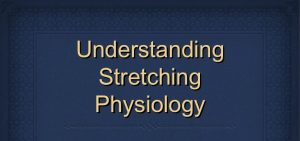
Yoga & Its Stretching Mechanism
Stretching can facilitate mobility, improve muscle mechanics.
Definition and goal of stretching
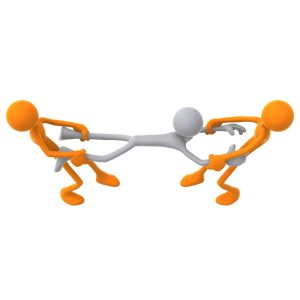 Stretches is specific positions sustained to increases and maintain the length of a muscle or a muscle group. It lengthens tendons, warms up ligaments, and prepares joints for work. As a result, there is:
Stretches is specific positions sustained to increases and maintain the length of a muscle or a muscle group. It lengthens tendons, warms up ligaments, and prepares joints for work. As a result, there is:
- Additional flexibility throughout the body.
- Decreased tightness or stiffness.
- Improved awareness of the muscles.
- Increased coordination and agility in daily.
- Enhanced circulation, which products (lactic acid, carbon dioxide, nitrogen, cellular metabolites) from the muscles.
- Reduced pressure on joint cartilage and spinal discs, which reduces the arthritic wear-and – tear process.
- Reduced inflammation and pain of the joints.
- Less stress on the nervous system.
Exercise and stretching
- Strengthening muscles
- Improving cardiovascular function
- Strengthening the immune system
- Stimulating body chemicals(epinephrine, endorphin)
- Reducing stress
- Rehabilitating from injury
- Improving ability and stamina for additional work or play.
What happens in a stretch?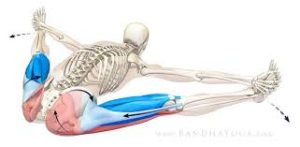
All the stretches in a manual are static stretches; which are controlled and slow. In a static stretch, as you a stretch a muscle in a slow and gentle fashion, you increase its tension. In a few milliseconds, the spinal cord reflexively tells the muscles to shorten in order to protect the muscle from being overstretched. It takes 6-10 seconds for the brain and spinal cord to perceive that the stretch is safe and, suddenly, the mild pulling sensation you feel of the muscle shortening to resist the stretch is gone. It is in the next 20-24 seconds that the stretch has the beneficial effects. That is why a stretch must be held for at least 30 seconds. A good rule to follow is that if you feel the uncomfortable stretching sensation for more than 10 seconds, you are stretching too far and too fast.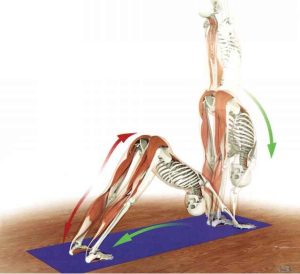
You should ease off slightly until the sensation is gone and then hold for 30 seconds. It is important that you do not bounce when you stretch this kind of stretching, known as a ballistic stretch. Creates more than double the amount of tension as compared to a static stretch .Even though it is not done in many aerobic classes and workout videos, it may actually cause nerve damage and muscle fiber tearing. It also does not improve flexibility.
When should you stretch
Ideally, stretching should be done when the body is warm. That way, there is sufficient blood flow carrying important minerals, such a calcium and magnesium, throughout the tissues before you begin to stretch. Optimum muscular relaxation is also the key to effective stretching. If you bathe instead of shower, you can stretch in the living room or bedroom in the morning after your bathe. A morning stretch prepares the muscles and the human frame for the daily stressors encountered.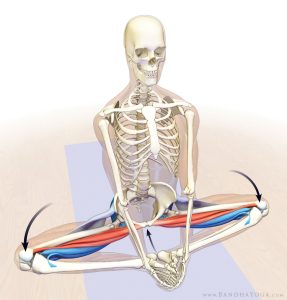
Warming up
Goal is to get the blood flowing without challenging the body to new heights. Their cold muscles tendons and ligaments are not prepared to deal with the sudden onset of strain, which can cause ankle sprains, pinched spinal nerves, or ruptured Achilles tendons. If you exercise for 60 minutes, you need 9-12 minutes of warm up.
Cooling down
You Should do a cool-down stretch routine .This helps eliminate the metabolic build-up of waste , such a lactic acid , nitrogen and carbon dioxide , from the muscles to enhance muscles repair and recovery . Otherwise, the metabolic waste will cause muscle stiffness, which affects the movements of the joints. If you incorporate deep abdominal breathing during the cool-down, you will increase the cellular the waste removal even more. For example, if you exercise for 60 minutes, you need 3-9 minutes of cooling down. , you need 3-9 minutes of cooling down. When a muscle is relaxed, it requires little fuel. With a muscle is moving properly, the blood flow requirements are maintained. When a muscle is held in one position without moving, the fuel demand of the muscles does not equal the actual flow it receives. This condition is called static muscle loading. The reduced blood flow blood flow means les oxygen or fuel supply to the muscle. As a result, metabolic waste products, such as lactic acid, are created and muscular fatigue occurs. This leads to various types of pain, such a s headaches, shoulder stiffness, or low back pain, which are commonly suffered from repetitive stress at stationary jobs. If you exercise three times a week for an hour each time, you would warm up with 10 minutes of stretching and cool down for 5 minutes (total of 15 minutes).
Senior peoples
Have shortened and stiffened with age. 65 or 85-year-old muscle can still be trained to work.
Diet and stretching
Calcium
Calcium helps the in fracture of the muscle fibers, known as cross-bridges, to work optimally. These cross bridges link two muscle fibers together and create a shortening, or contraction, in the muscle. Calcium helps the nerves and muscle communicate. A shortage of calcium causes the nerves to become irritated, which leads to muscle tension, stuffiness, and eventual pain.
Magnesium
Magnesium is required to release the cross bridge between the muscle fibers at the end of a muscle contraction so that muscle can relax. Approximately 70% of the body’s magnesium is located in the bones, 30% is found in soft tissues and associated structures. If the body is deficient in magnesium, the muscle will not relax enough. Instead, they will tend to stay in a contracted, tight, or stiff condition. Over time, this stiffness can be felt knots, ropes, or even cramps. Magnesium deficiency is also closely related to heart diseases.
Cold and heat therapy
If you have a dull or sharp pain in a localized area, apply ice to it in 10- minute’s intervals. For muscle stiffness, use a heating pad or, better yet, take a warm shower.
Endorphin theory
Endorphins and enkephalins are chemicals that are made in the human body. They are opiates that inhibit pain when released. Endorphins and enkephalins can be stimulated both physically and mentally.
The gate theory of pain
A Nerve acting as a ‘gateway ‘through which information can pass from a joint or muscle t the brain and back again. According to this theory, the body’s joint s has two main types of nerves. One type senses and reports the movements of the joint to the brain. The other is a smaller, pain-sensing nerve. There is more movement –nerve receptors than pain –nerve receptors in a joint.
Six rules to stretching
- Warm up
Marching, walking in place while swinging your arms. The warm up increases the muscle temperature, which increases blood flow to the tissues. The muscles
fibers can then respond more quickly and efficiently to the stretch.
- Be Gentle
Do not force a muscle to stretch. Gentle pull in the muscle.
- Hold for 30 seconds
Current research shows that a stretch must be held for at least 30 seconds. New length and alter the muscle tone.
- Breathe
Deep, rhythmic, abdominal breathing helps, to improve circulation to muscle tissues. This enhances nutrient flow (especially calcium and magnesium).
- Do not bounce
Bouncing, or ballistic stretching, stresses the joints, ligaments, and muscles. It also triggers the protective stretch mechanism within the muscle to reflexively contract. As a result, the muscles cannot relax or stretch. Always stretch slowly and gently.
- Stretch both sides
*****
